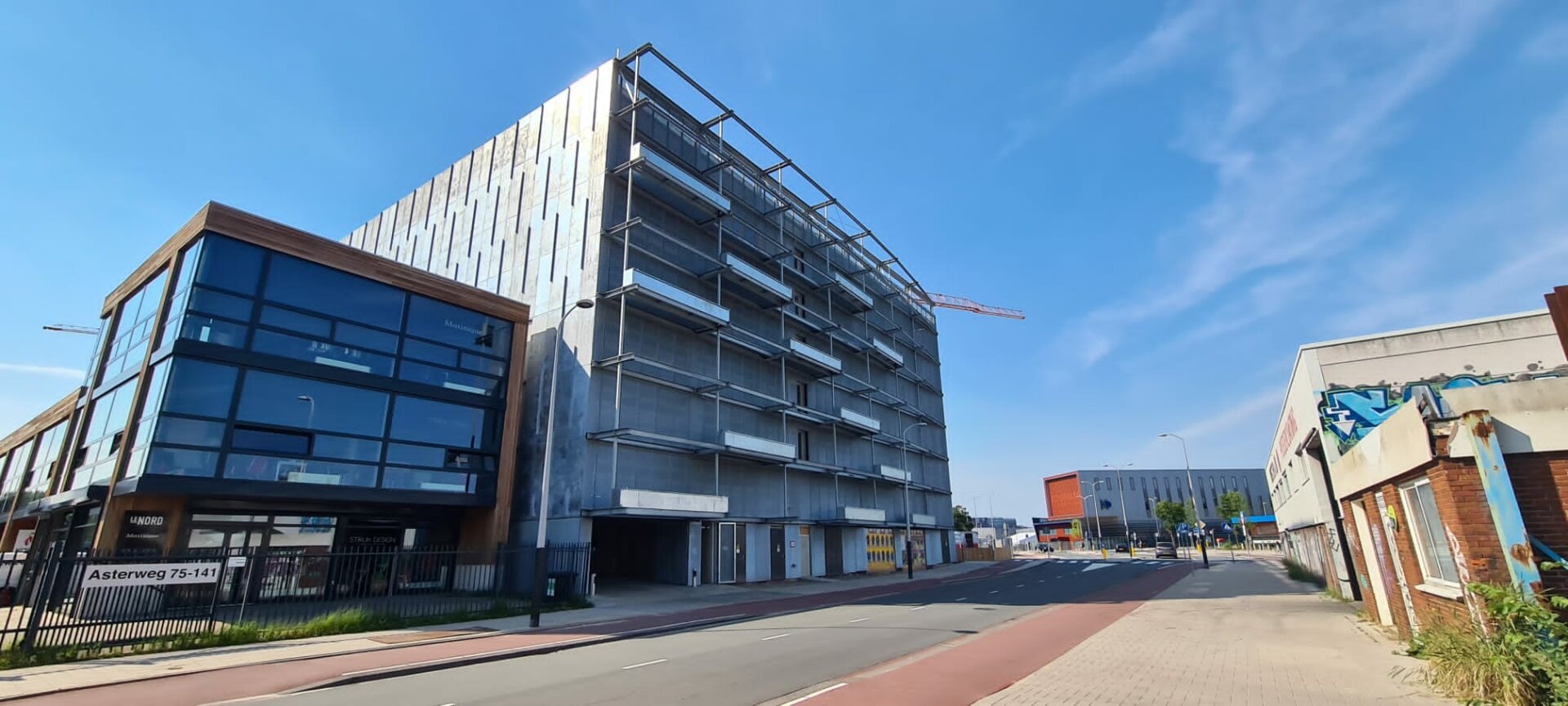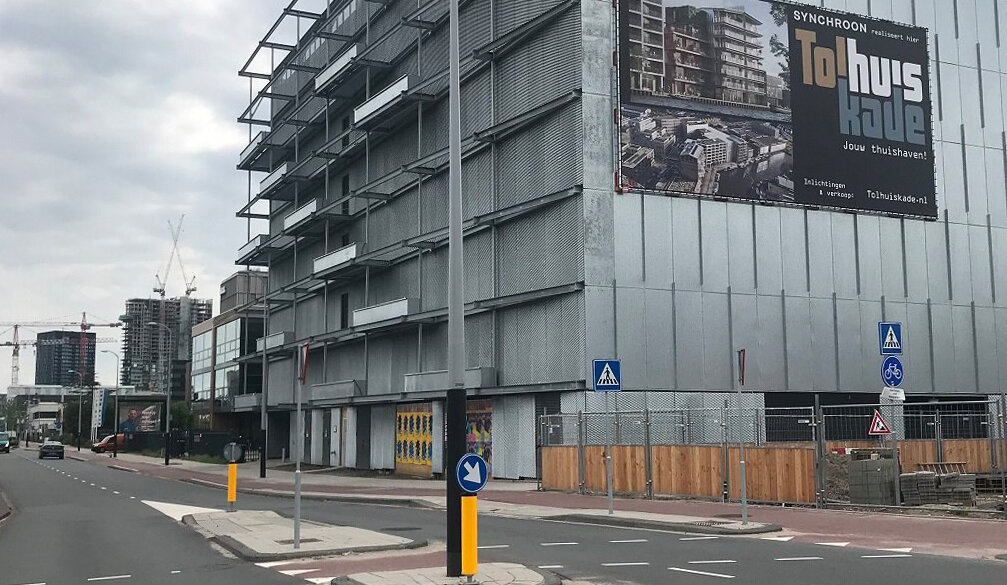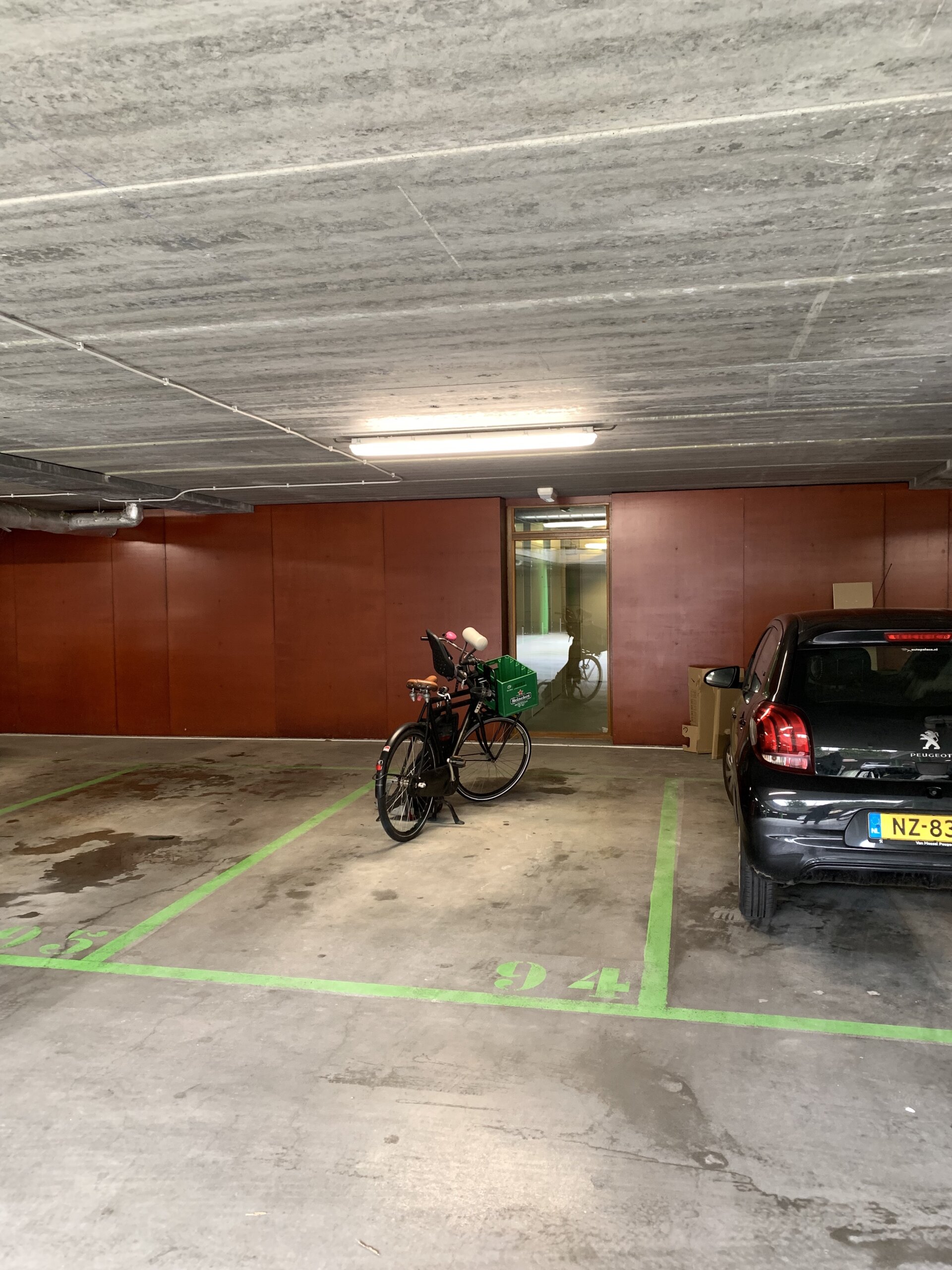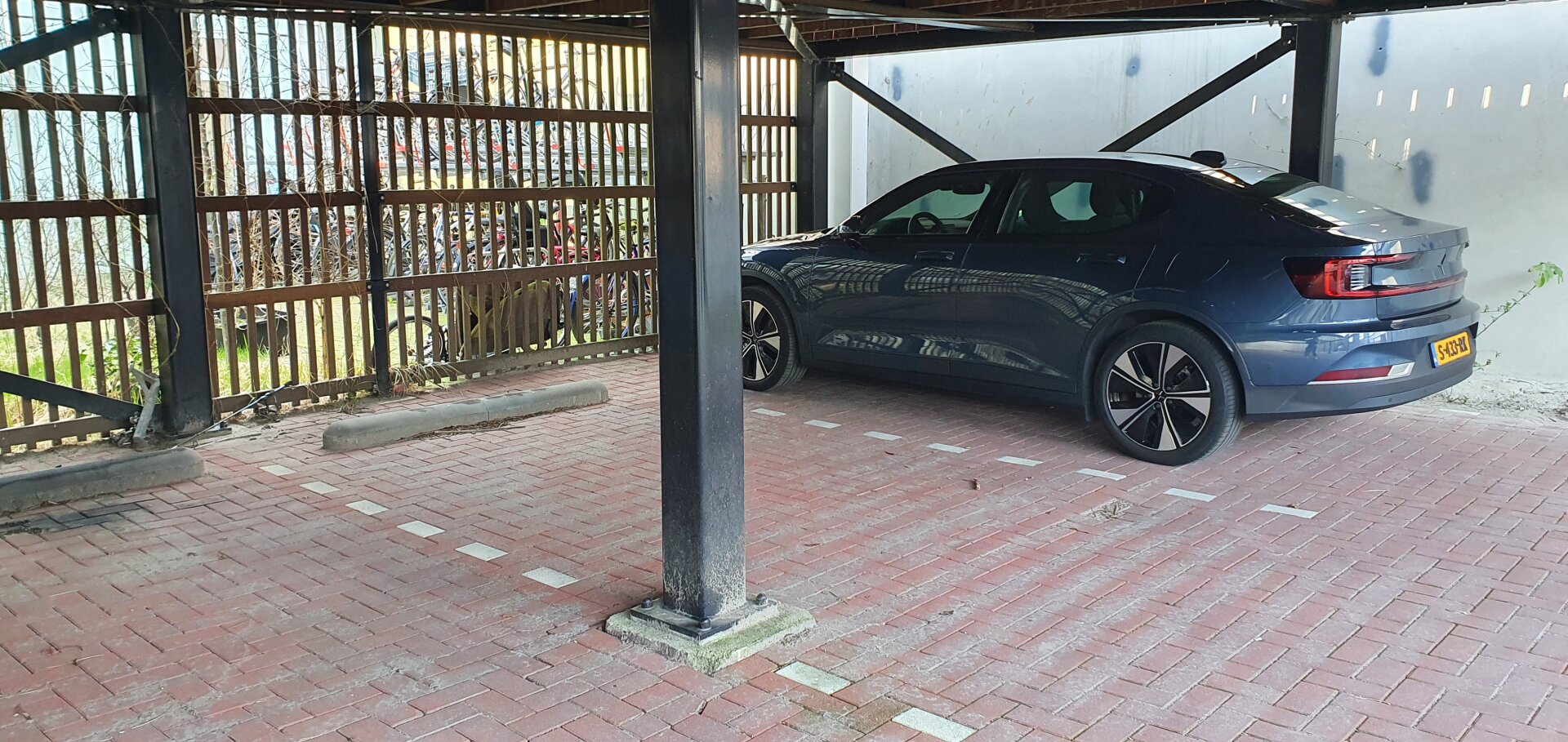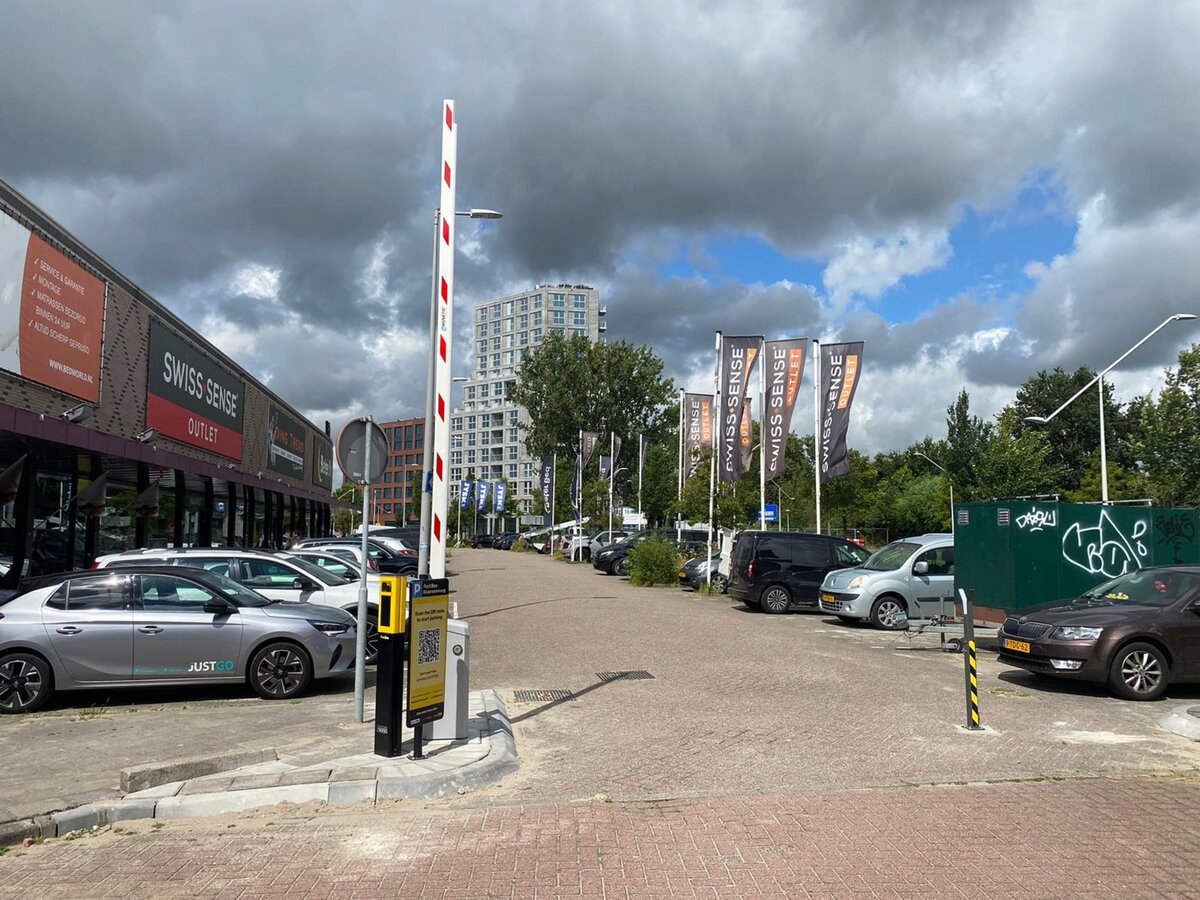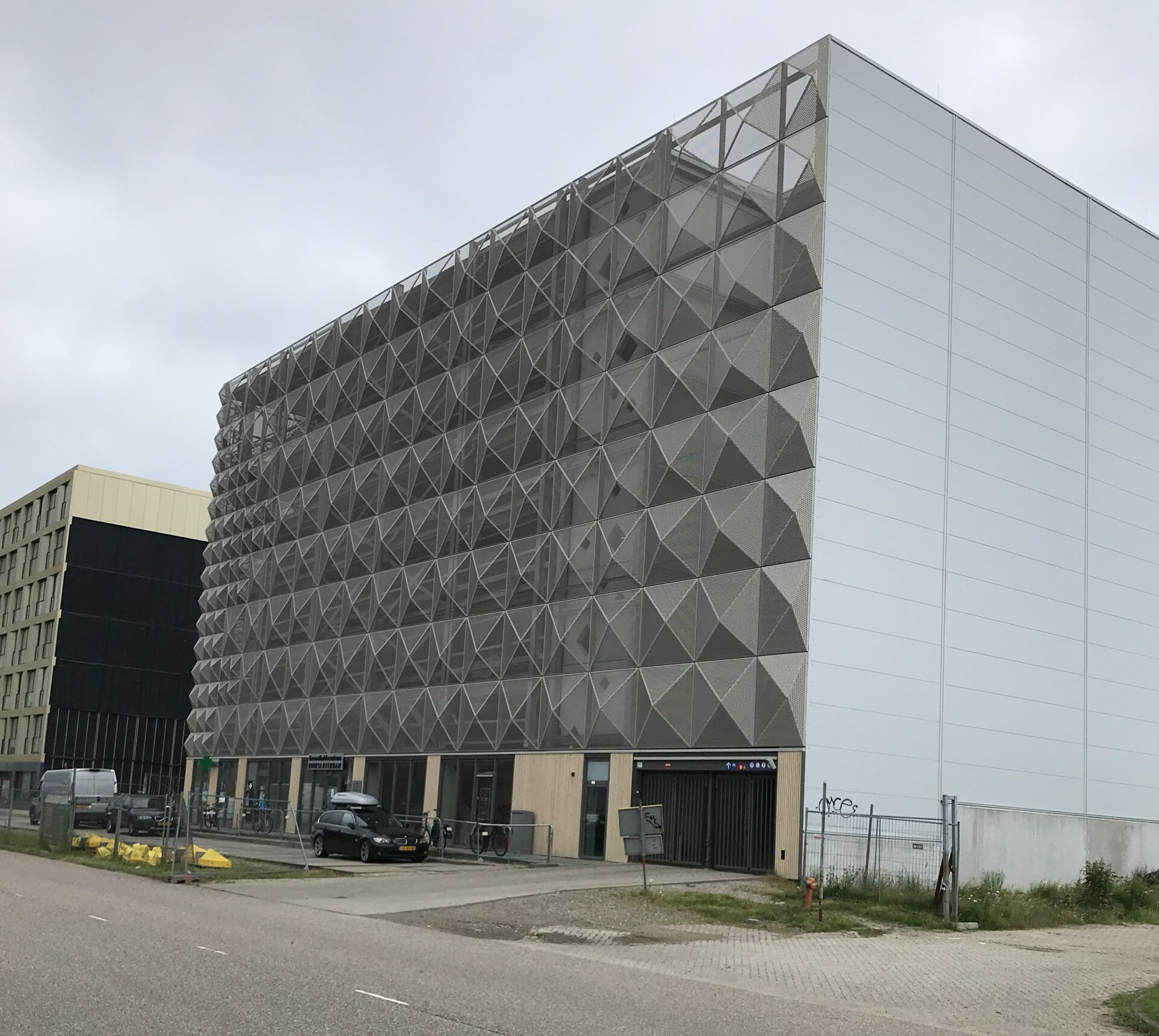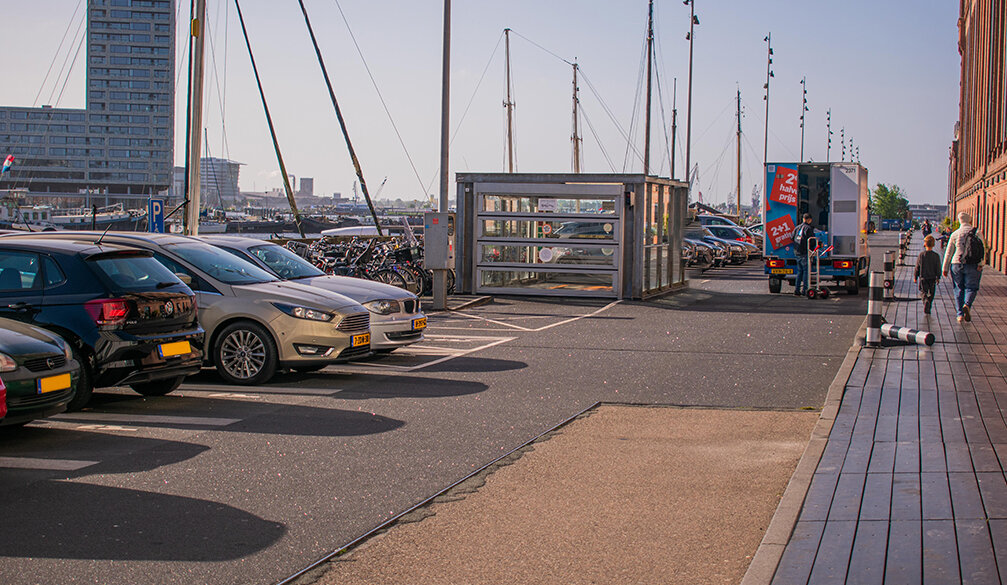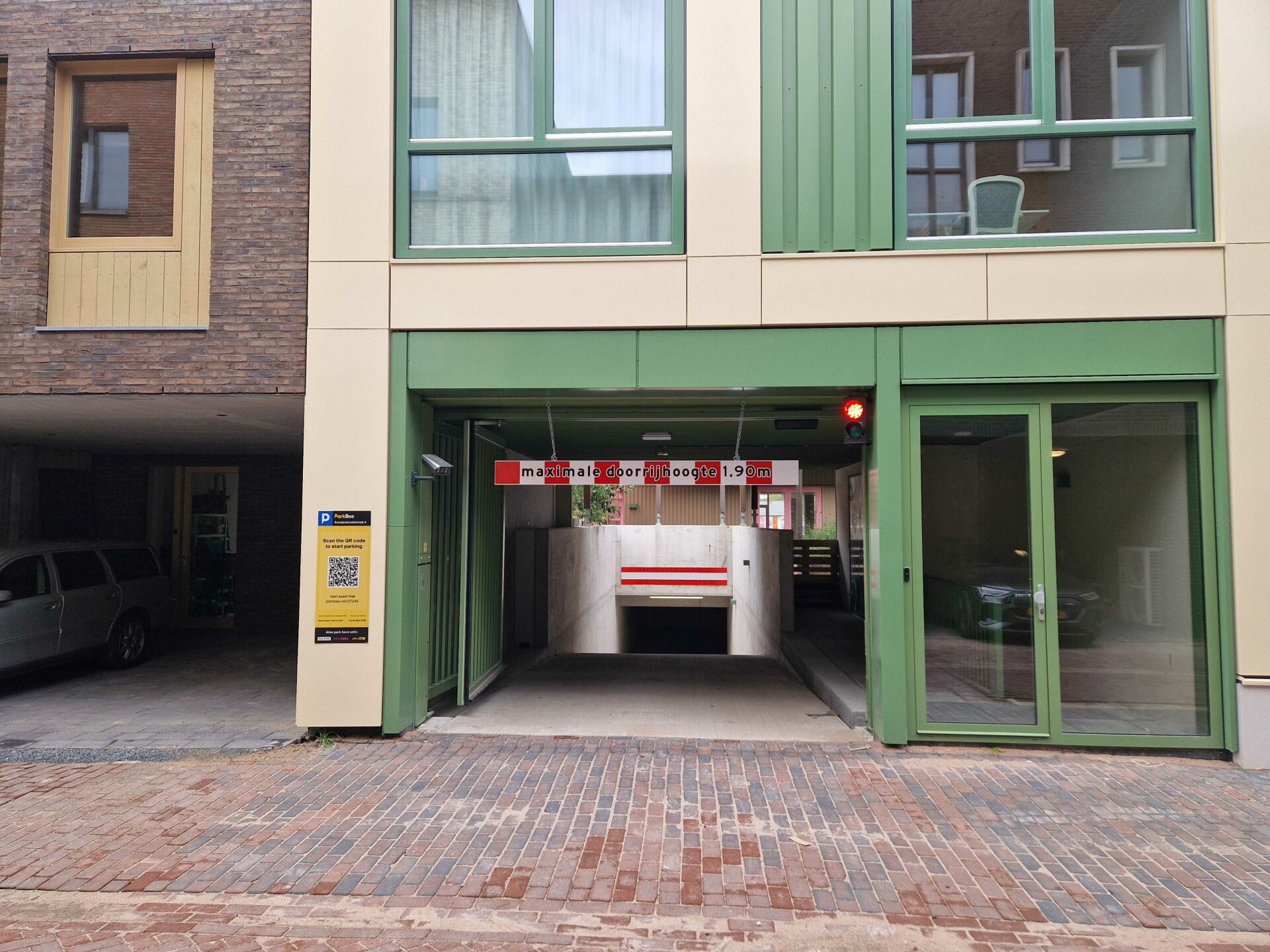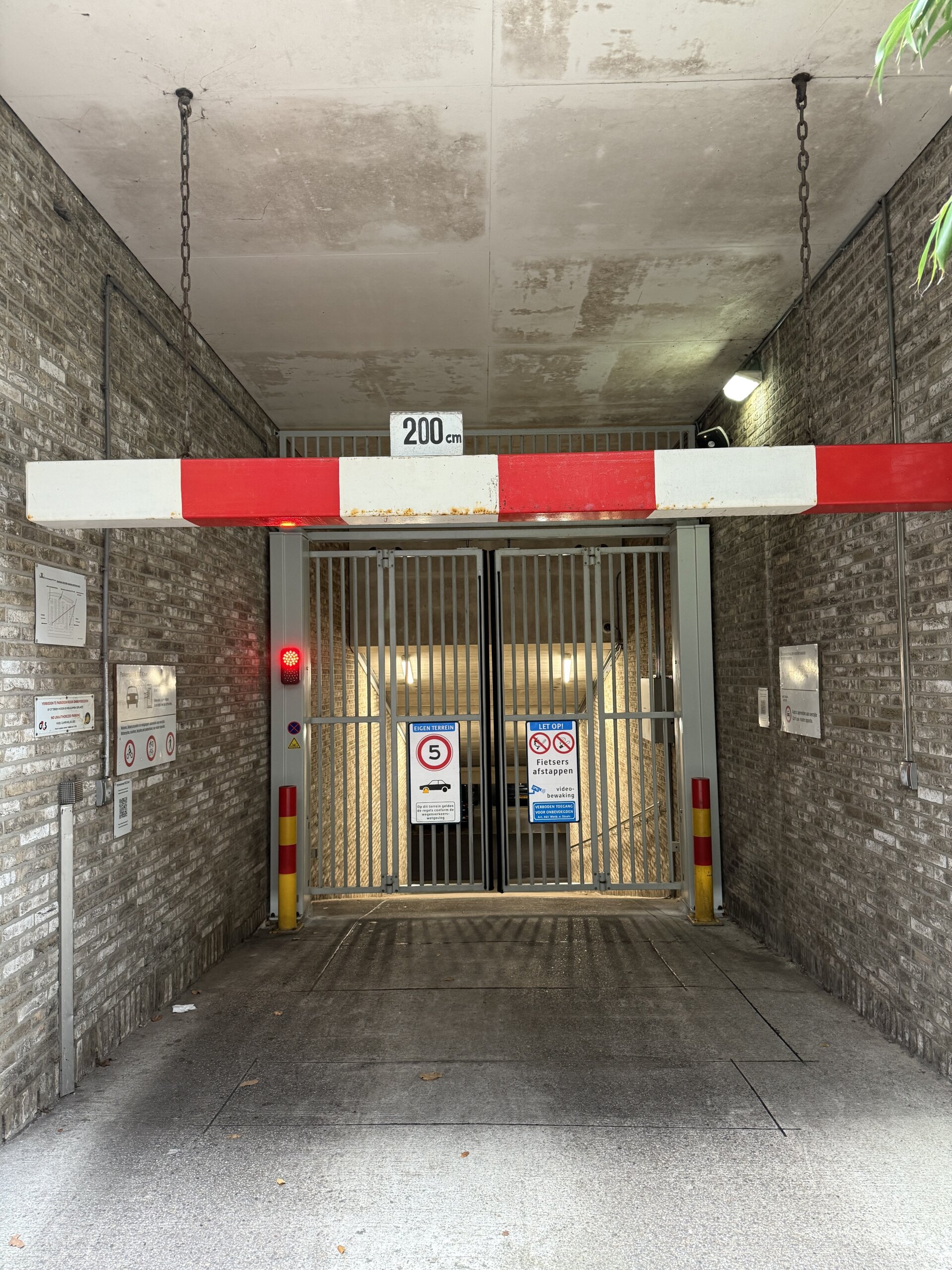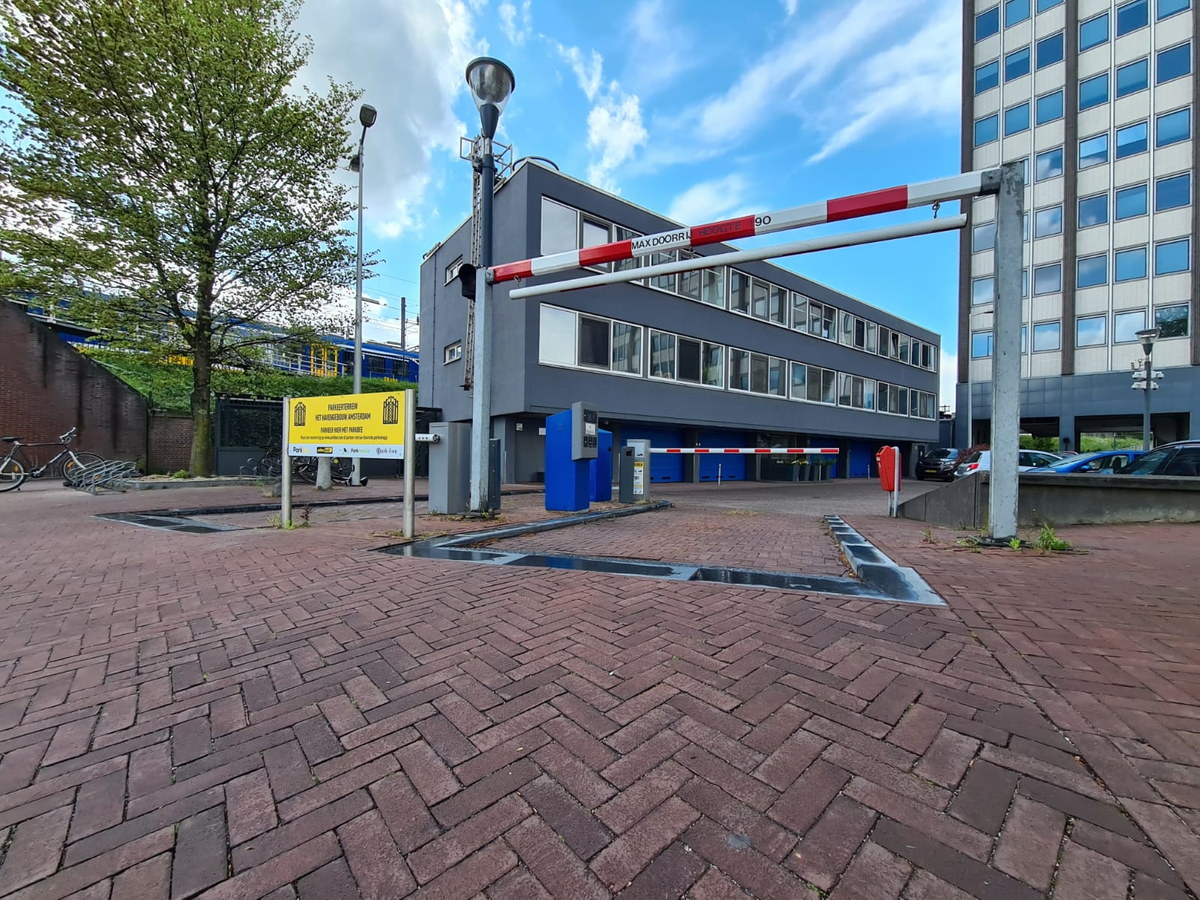





Find parking near Van der Pek, Amsterdam Noord, Amsterdam
Van der Pek is a neighborhood in Amsterdam-Noord's Buiksloterham, located near the Buiksloterwegveer (also known as Tolhuispont). The Van der Pek neighbourhood is located between the Van der Pekplein and the Ranonkelkade. It also includes the Distelweg. Hagedoornweg.
It was built as a workers’ neighborhood during the interbellum period. This was the first garden city in Amsterdam-Noord developed between the First World War and Second World War to offer an alternative to the poor inner city neighborhoods. It was also a way to house the increasing number of workers who were working in shipbuilding and new industries on the north bank of the IJ. This would prevent the need to cross the river between the inner city of Amsterdam and Amsterdam-Noord. The Garden Cities in Watergraafsmeer and Nieuwendam were the resultant of the efforts of Amsterdam councilors Floor Wibaut & Monne de Miranda, as well as the ambition of Arie Keppler, director of Amsterdam Municipal Housing Service. The ambitious plans were to provide a dignified life for workers and their families.
In 1926, the last municipal house built according to the original plan for the Amsterdam municipality of 1,468 homes was completed. The architect Jan Ernst van der Pek designed almost all of the houses. The Jac later added a row of retirement homes. J.H. Mulder, who worked for the Amsterdam Municipal Housing Service from 1929, designed P. Thijsseplein. Mulder was a member of the Amsterdam Municipal Housing Service. Van der Pek passed away in 1919 during construction of the neighborhood. Van der Pek was named after him shortly thereafter.
The neighborhood, which was also developed at the time, was the opposite of the Amsterdam School. The emphasis was on the village feel, not the city. These workers' homes are not comparable to those on the other side IJ because they always had multi-storey structures, while in Amsterdam-Noord, these were the first low-rise worker's houses. Yellow brick bands (speklagen) are the most striking feature.
Bombs were dropped on the Amsterdam-Noord industry during the Second World War. After the Second World War, the government decided to not rebuild the area after the bombing on July 17, 1942. Today, only a small portion of the original neighborhood remains.
Mobypark knows that parking in Van der Pek can be difficult. We offer affordable and convenient options for parking in the Van der Pek neighborhood. You can book parking in advance using our mobile app and website. We want to make parking in the Van der Pek area as easy as possible so that you can enjoy everything this neighborhood has to provide.
Parking rates near Van der Pek
Parking time
Mobypark parking rates
1 hour parking
from € 1.00
24 hours parking
from € 7.56
1 week parking
from € 65.00
1 month parking
from € 135.00




